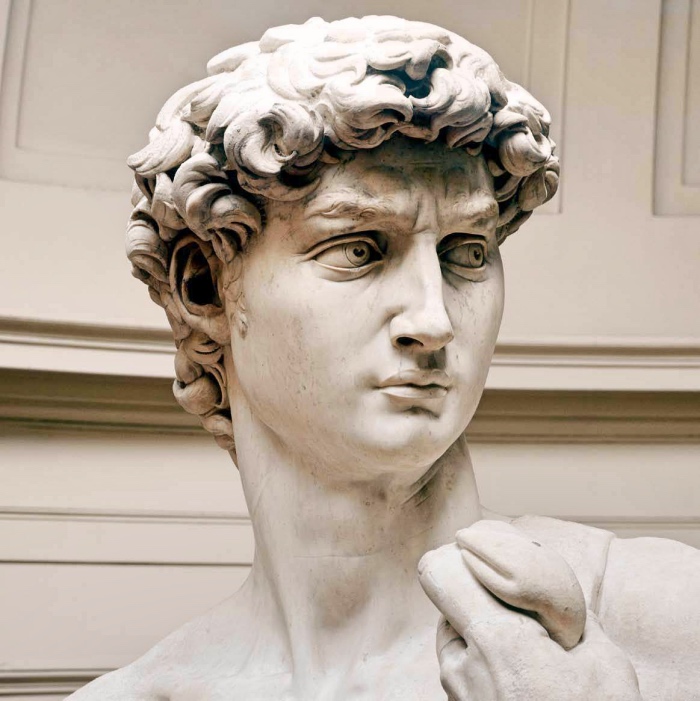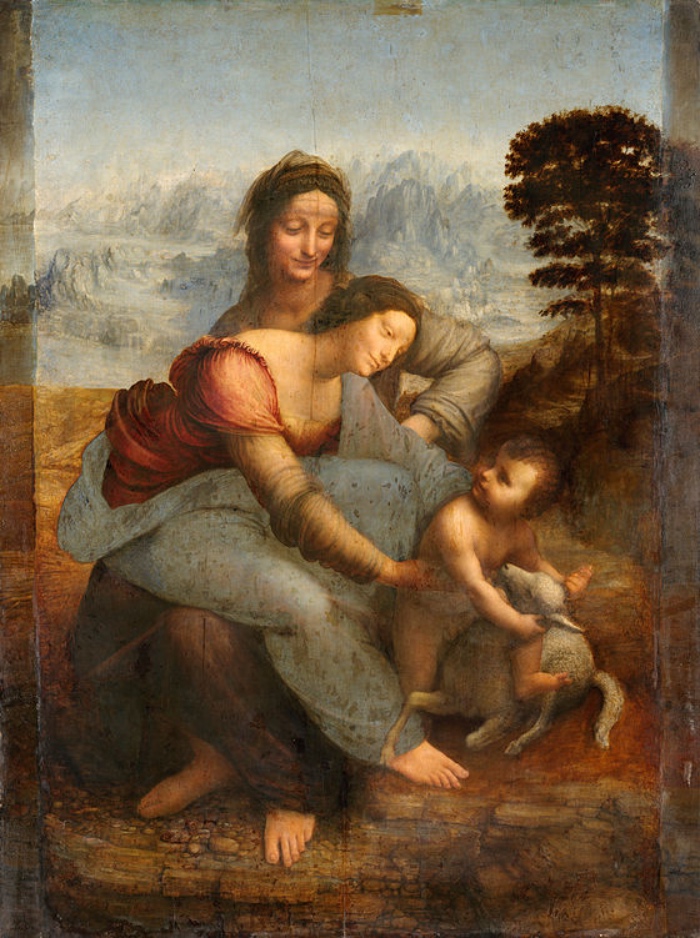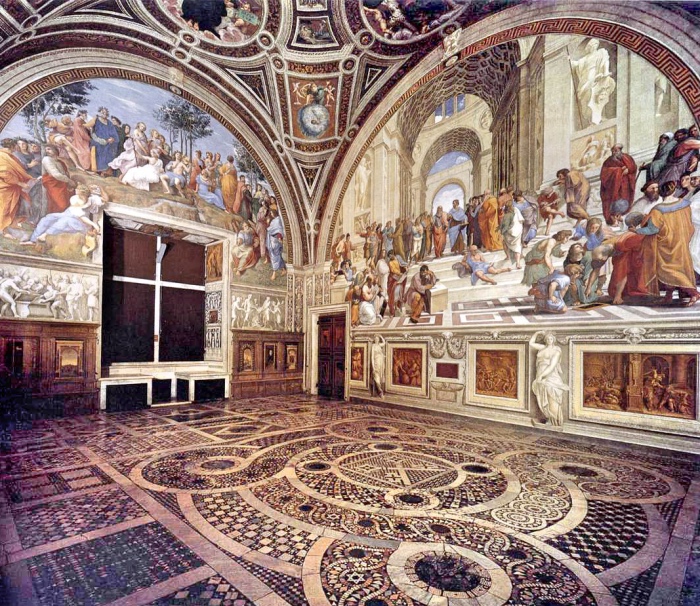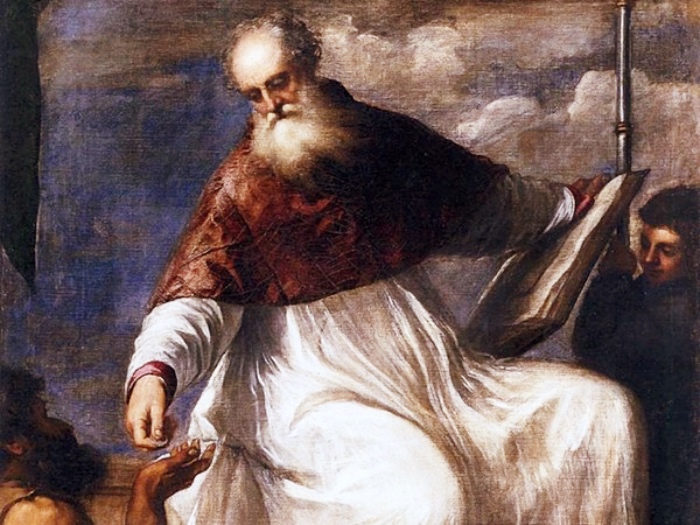
Michelangelo Buonarroti, David (1501-1504) – Galleria dell’Accademia, Firenze. Image source: it.wikipedia.org
THE 16TH CENTURY: THE GREATEST MASTERS
I often write about artists and artistic movements, taking for granted that everyone can associate with right historic period. But a reader left a comment on my Facebook profile which made me think.
She lives in the USA e and is keen on fashion, but she shows little about art history, although she loves admiring masterpieces of the past, especially Italian masterpieces.
Therefore, I’ve decided to dedicate some posts to the greatest historical periods, thinking of her, and of those who want to know more about the artist I talk about on my blog, but also thinking of those who need to review.
Let’s begin with Italian art of the 16th century.

Sant’Anna, la Vergine e il Bambino con l’agnellino (1510-1513). Parigi, Museo del Louvre. Image source: it.wikipedia.org
The 16th century is characterized by a vast diffusion of Italian art throughout Europe.
Although the Italian political situation was chaotic, Rome became a leading cultural and artistic centre, but also Florence, Milan and Venice played an important role.
During the previous century, the 15th century, thanks to some rich families the first collections of antiquities were built up: the papal art collections of Pope Julius II and Pope Paul III Farnese were the most important.
15th-century artists compared themselves to classical art and they found new inspiration, and even though at the beginning of that century Leonardo da Vinci was at the end of his career, his heritage and the activity of other contemporary artists led to the creation of new masterpieces.
The 16th century has got three great protagonists, the three great masters of Italian art: Leonardo da Vinci, Michelangelo and Raphael.
The influence of their artistic style and their concept of art would have a big impact on the art scene, and would be capable of crossing regional boundaries and Italian borders, ruling the artistic production of the 16th century.
Only Titian in Venice would be able to compete against those three masters, and to impose an original style influencing the international art scene.
The revolution achieved by those artists consisted of asserting themselves as individual artistic personalities, each one of them creating his own style which passed the rules which had governed art until then.
In Middle Ages the artist was considered to be a craftsman. In the 16th century his role changed completely, because painting, sculpture and architecture were considered to be intellectual activities, like literature and poetry.
Those artists kept a subjective point of view, and, at the same time, described the world and its meaning using a universal language, which transcended boundaries of space and time.
Their paintings were capable of talking to men and women of their time, but they can still tell us something nowadays, even though many years have gone by.

Raffaello Sanzio, Stanza della Segnatura (1508-1511) – Musei Vaticani, Città del Vaticano. Image source: it.wikipedia.org

Tiziano a Venezia – San Giovanni Elemosinario (1545 – 1549 circa) – Chiesa di San Giovanni Elemosinario (Venezia)

